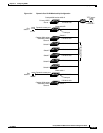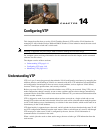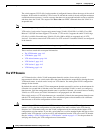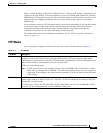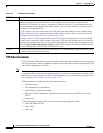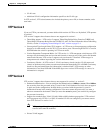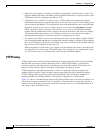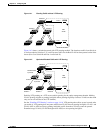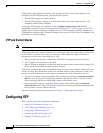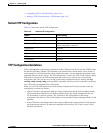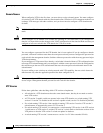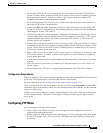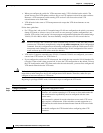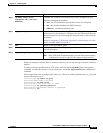
14-6
Catalyst 2960 and 2960-S Switch Software Configuration Guide
OL-8603-09
Chapter 14 Configuring VTP
Understanding VTP
• Support for any database in a domain. In addition to propagating VTP information, version 3 can
propagate Multiple Spanning Tree (MST) protocol database information. A separate instance of the
VTP protocol runs for each application that uses VTP.
• VTP primary server and VTP secondary servers. A VTP primary server updates the database
information and sends updates that are honored by all devices in the system. A VTP secondary server
can only back up the updated VTP configurations received from the primary server to its NVRAM.
By default, all devices come up as secondary servers. You can enter the vtp primary privileged
EXEC command to specify a primary server. Primary server status is only needed for database
updates when the administrator issues a takeover message in the domain. You can have a working
VTP domain without any primary servers. Primary server status is lost if the device reloads or
domain parameters change, even when a password is configured on the switch.
• The option to turn VTP on or off on a per-trunk (per-port) basis. You can enable or disable VTP per
port by entering the [no] vtp interface configuration command. When you disable VTP on trunking
ports, all VTP instances for that port are disabled. You cannot set VTP to off for the MST database
and on for the VLAN database on the same port.
When you globally set VTP mode to off, it applies to all the trunking ports in the system. However,
you can specify on or off on a per-VTP instance basis. For example, you can configure the switch
as a VTP server for the VLAN database but with VTP off for the MST database.
VTP Pruning
VTP pruning increases network available bandwidth by restricting flooded traffic to those trunk links
that the traffic must use to reach the destination devices. Without VTP pruning, a switch floods
broadcast, multicast, and unknown unicast traffic across all trunk links within a VTP domain even
though receiving switches might discard them. VTP pruning is disabled by default.
VTP pruning blocks unneeded flooded traffic to VLANs on trunk ports that are included in the
pruning-eligible list. Only VLANs included in the pruning-eligible list can be pruned. By default,
VLANs 2 through 1001 are pruning eligible switch trunk ports. If the VLANs are configured as
pruning-ineligible, the flooding continues. VTP pruning is supported in all VTP versions.
Figure 14-1 shows a switched network without VTP pruning enabled. Port 1 on Switch A and Port 2 on
Switch D are assigned to the Red VLAN. If a broadcast is sent from the host connected to Switch A,
Switch A floods the broadcast and every switch in the network receives it, even though Switches C, E,
and F have no ports in the Red VLAN.




